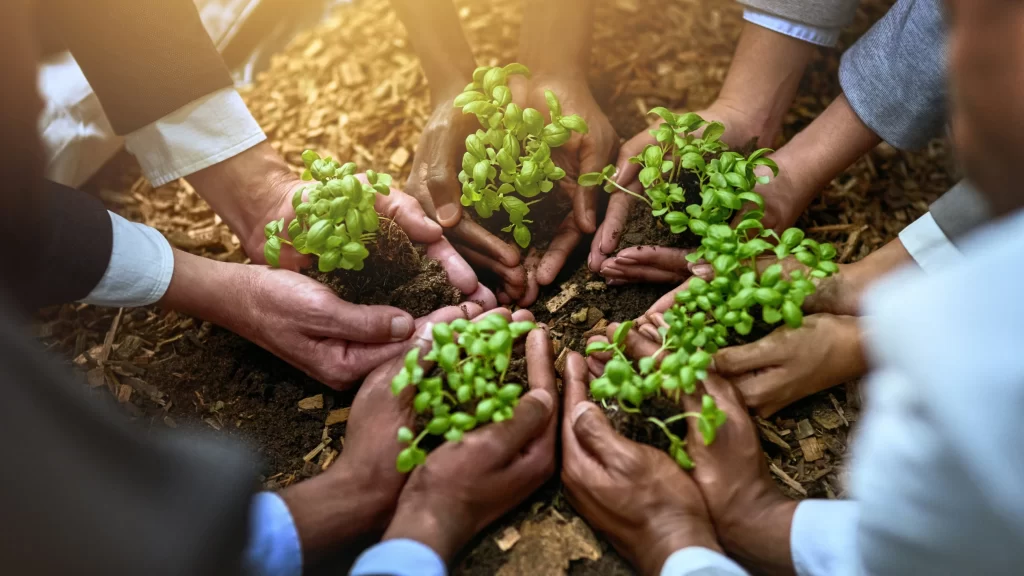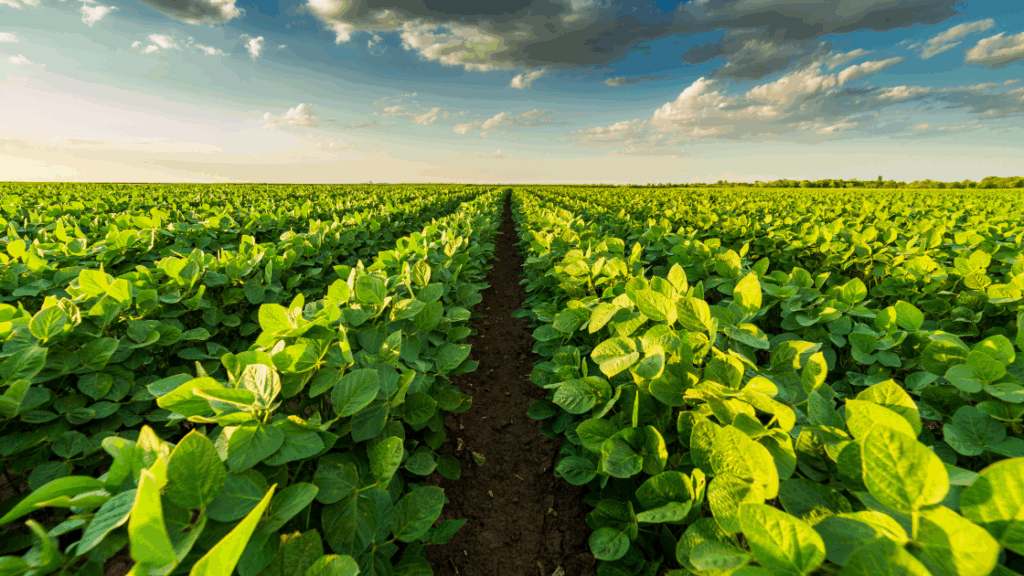Executive Summary
Surivit NV is pioneering a transformative approach to sustainable agriculture in remote, underdeveloped hinterlands. With a focus on regenerative farming, climate resilience, and community empowerment, Surivit is creating scalable models that bridge the yield gap and reimagine rural food systems. This white paper outlines the pressing need for innovation in rural agriculture, Surivit NV’s solution architecture, pilot successes, and roadmap for scale. Investors, policymakers, and NGOs will find compelling reasons to engage with this high-impact, frontier-focused agritech initiative.
1. The Hinterlands Problem: A Persistent Agricultural Blind Spot
1.1 The Geography of Neglect
Hinterlands—rural, often forest-fringed zones far from commercial supply chains—are home to millions of smallholder farmers. These regions, despite being agriculturally rich, are economically poor due to:
-
Lack of market access
-
Poor infrastructure
-
Scarce agri-extension services
-
Degraded soils from unsustainable practices
1.2 The Productivity Paradox
These communities represent one of the world’s last frontiers in agricultural development. The potential exists:
-
To triple yields using modern agroecological methods
-
To reverse decades of land degradation
-
To empower communities as climate stewards
Yet traditional development models fail here due to logistical complexity and capital scarcity.
2. Surivit NV’s Vision
Surivit NV envisions a world where no fertile land is left behind. Its mission is to enable resilient, sustainable agriculture in the hinterlands through an integrated platform of:
-
Agroecological Intelligence: Combining Indigenous knowledge with science
-
Decentralized Agritech: Mobile-friendly tools for remote deployment
-
Inclusive Capital Models: Blended finance targeting last-mile farmers
-
Circular Value Chains: Local production-to-processing ecosystems
3. Innovation Pillars
3.1 Regenerative Agronomy at Scale
Surivit introduces a package of regenerative practices:
-
No-till farming
-
Intercropping and agroforestry
-
Compost and biochar inputs
-
Seed banks of climate-resilient crops
These methods restore soil health, improve water retention, and increase productivity.
3.2 Blockchain-Backed Farmer Registry
Surivit uses decentralized ledger technology to:
-
Track farmer input usage and yields
-
Ensure transparent access to subsidies
-
Build farmer creditworthiness
This “digital passport” empowers farmers with proof-of-practice data for loan applications and buyer negotiations.
3.3 Micro-Infrastructure Hubs
Each deployment includes a Surivit Hub:
-
Solar-powered drying and processing stations
-
Cold storage for perishables
-
Training centers for capacity building
-
Internet kiosks for digital access
Hubs serve a 50km radius and become community anchors for growth.
4. Pilot Programs & Impact
4.1 Pilot: Central Suriname Green Belt (2023–2024)
-
Participants: 2,000 farmers
-
Yield Increase: 2.5x over baseline for cassava and peanuts
-
Soil Organic Matter: +18% in 12 months
-
Market Access: 3x increase in volume reaching regional buyers
4.2 Social Impact
-
60% female farmer participation
-
70% of farmers reported higher household food security
-
Local cooperatives formed for processing and packaging
5. Economic Model
5.1 Revenue Streams
-
Subscription-based mobile advisory app
-
Licensing of blockchain agri-registry to governments
-
Profit-sharing from produce processing and marketing
-
Carbon credit sales from verified regenerative practices
5.2 Cost Structure
-
Initial CapEx: $150,000 per hub
-
Annual OpEx: ~$35,000
-
Break-even timeline: 2.5 years per hub
5.3 ROI Scenarios
-
Projected IRR: 23–27% depending on crop mix
-
Payback boosted through impact-linked financing
6. Strategic Partnerships
6.1 Government Alignment
Surivit NV works with Ministries of Agriculture to co-deploy public extension officers alongside its platform.
6.2 Academic Collaboration
Partnerships with universities for:
-
Soil health monitoring
-
Field trials of climate-smart varieties
-
Student research exchanges
6.3 Market Linkages
Forward contracts with regional buyers and processors ensure that surplus production finds buyers fast.
7. Environmental Credentials
7.1 Climate Mitigation
-
4–8 tons CO₂e sequestered per hectare/year via regenerative practices
-
Prevention of forest encroachment via yield intensification
7.2 Biodiversity Gains
-
Reintroduction of native cover crops
-
Soil microbiome restoration
-
Protection of pollinator habitats
8. Scaling Roadmap (2025–2030)
| Year | Countries | New Hubs | Farmers Impacted |
|---|---|---|---|
| 2025 | Suriname, Guyana | 12 | 15,000 |
| 2026 | Brazil (Amazonas), Ghana | 30 | 50,000 |
| 2027 | Nigeria, DRC | 60 | 150,000 |
| 2030 | 8 countries | 150+ | 500,000+ |
9. Investment Opportunity
9.1 What We’re Raising
-
Current Round: $15M Series A
-
Use of Funds:
-
40% for hub expansion
-
30% for platform development
-
20% for talent and partnerships
-
10% for working capital buffer
-
9.2 Why Invest in Surivit?
-
First-mover advantage in neglected but fertile markets
-
Proprietary tech stack with blockchain defensibility
-
Proven unit economics and climate revenue upside
-
Massive socio-economic multiplier effect
10. Conclusion: A Future Planted Today
Surivit NV stands at the intersection of food security, climate action, and rural justice. Its model is not charity—it’s a profitable, scalable, and ethical investment in humanity’s forgotten breadbaskets.
With the right partners, Surivit can turn millions of hectares of degraded hinterland into vibrant zones of resilience and prosperity.
Join us. Whether as an investor, government ally, or agribusiness partner, your participation can unlock the latent potential of the world’s most overlooked farmers. Let’s sow transformation where it matters most.



